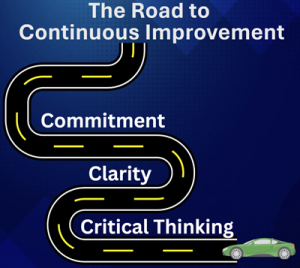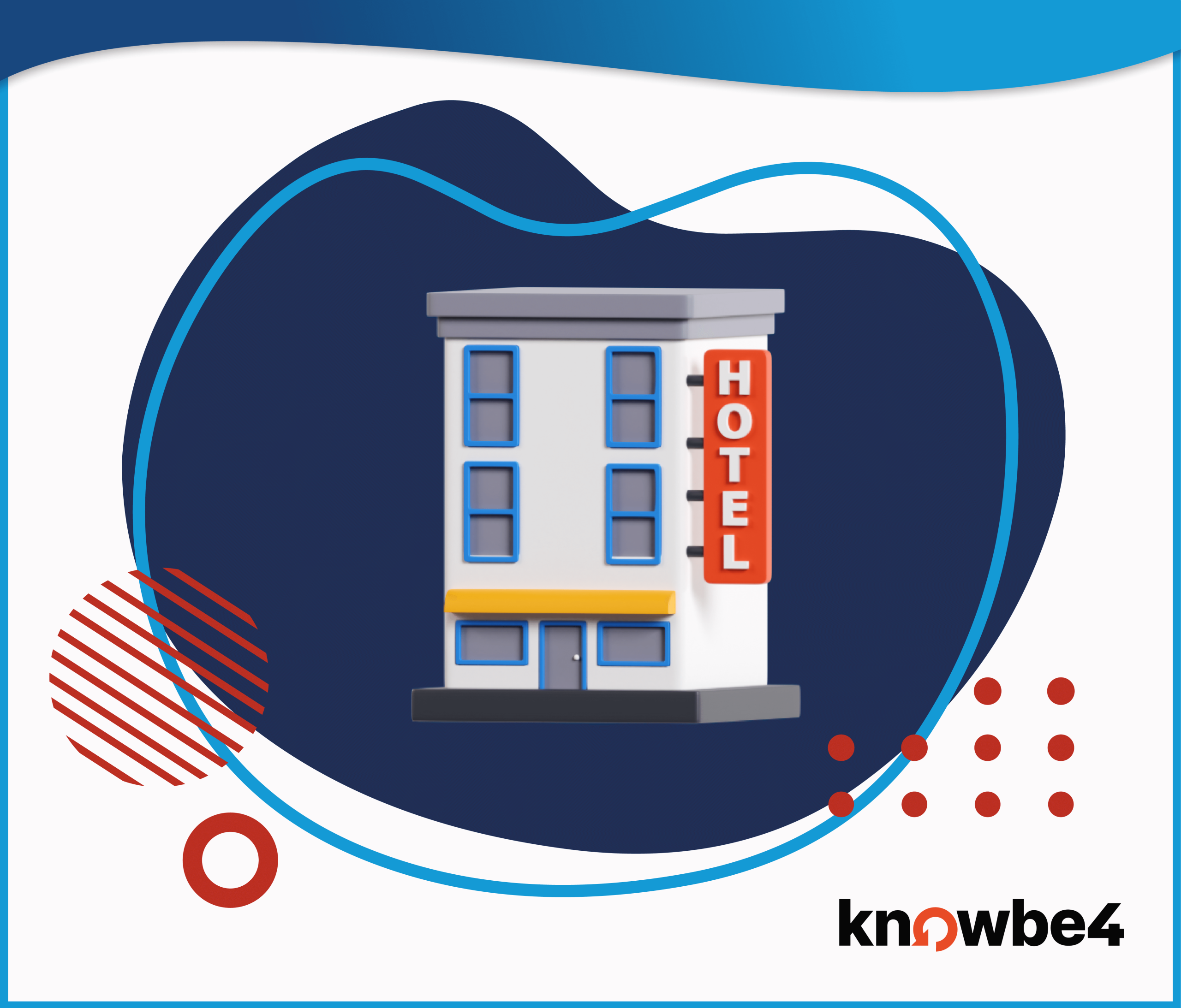Continuous Improvement is a vital foundation for successful Digital Transformation and drives smarter decisions.

When I speak to business leaders about Digital Transformation, I often encourage those who have not implemented Continuous Improvement (CI) to adopt one of the common CI frameworks. Why? Because many of the pre-requisites for a successful Digital Transformation are included in CI: Standard Work, organizational alignment, performance data, problem-solving, front-line involvement, and process improvement to name a few.
I like to say the road to CI starts at “Critical Thinking” and must pass through “Clarity” and “Commitment”. I’ll describe what I mean by that.
Critical Thinking: When embarking on Continuous Improvement, Business leaders need to think critically about what success will look like. There is not a natural ending point with CI as with typical initiatives, so you must think about how you’ll achieve success, how you’ll measure it, and zero in on where you add value to your customers and how you could do that better.
Clarity: What needs to be done regularly? Who will do it? What are the steps? This is where Standard Work is created. For value added activities in an organization, there should be clearly documented steps that result in optimal execution.
Commitment: This is where grit and tenacity live. What is our next goal? What is our baseline? How do we remain relevant? Where are our gaps and waste? What does our data tell us? Can we sustain this initiative? Where do we begin?
Now things start to get more interesting in my opinion. To establish a baseline, a goal, and priorities, you must have quantifiable data. For example, if your sales pipeline is weak, one might ask “how much time have you spent calling on prospects?” If you double the time, you might double the prospects – so that insight has become actionable. If your staff are not engaged, one might ask “how much time do you spend meeting with them?” In the same way, when prioritizing automation projects, you may want to know how much time is spent on the manual tasks in question. The challenge is that the time data rarely exists. It must be estimated or sometimes captured in a time study.
If time is our most valuable resource, because it cannot be recovered or expanded, then why don’t we track it as diligently as we do our finances? Having just completed my 32nd year at Keller Schroeder, I am on a streak of 1,665 straight weeks of reporting my time. It’s what the people in our organization do. It is important for shared accountability for us to know where our time is being invested.
Like financial capital, time can be budgeted, tracked, and compared to actuals. It can be spent wisely or unwisely. If you relate your time entries to your Standard Work, that will allow you to make true data-driven decisions about your Digital Transformation resulting in a competitive advantage.
Do you budget and track time in your organization? Would you like to know how? Not only is it valuable in Continuous Improvement and making smarter decisions, it will help eliminate that feeling of uncertainty that sometimes keeps you up at night. Our Digital Transformation Framework includes a CI roadmap and tenets to help you identify, prioritize, execute, and learn from transformational initiatives. Reach out to us to discuss best practices around this important part of your Continuous Improvement and Digital Transformation strategies.





